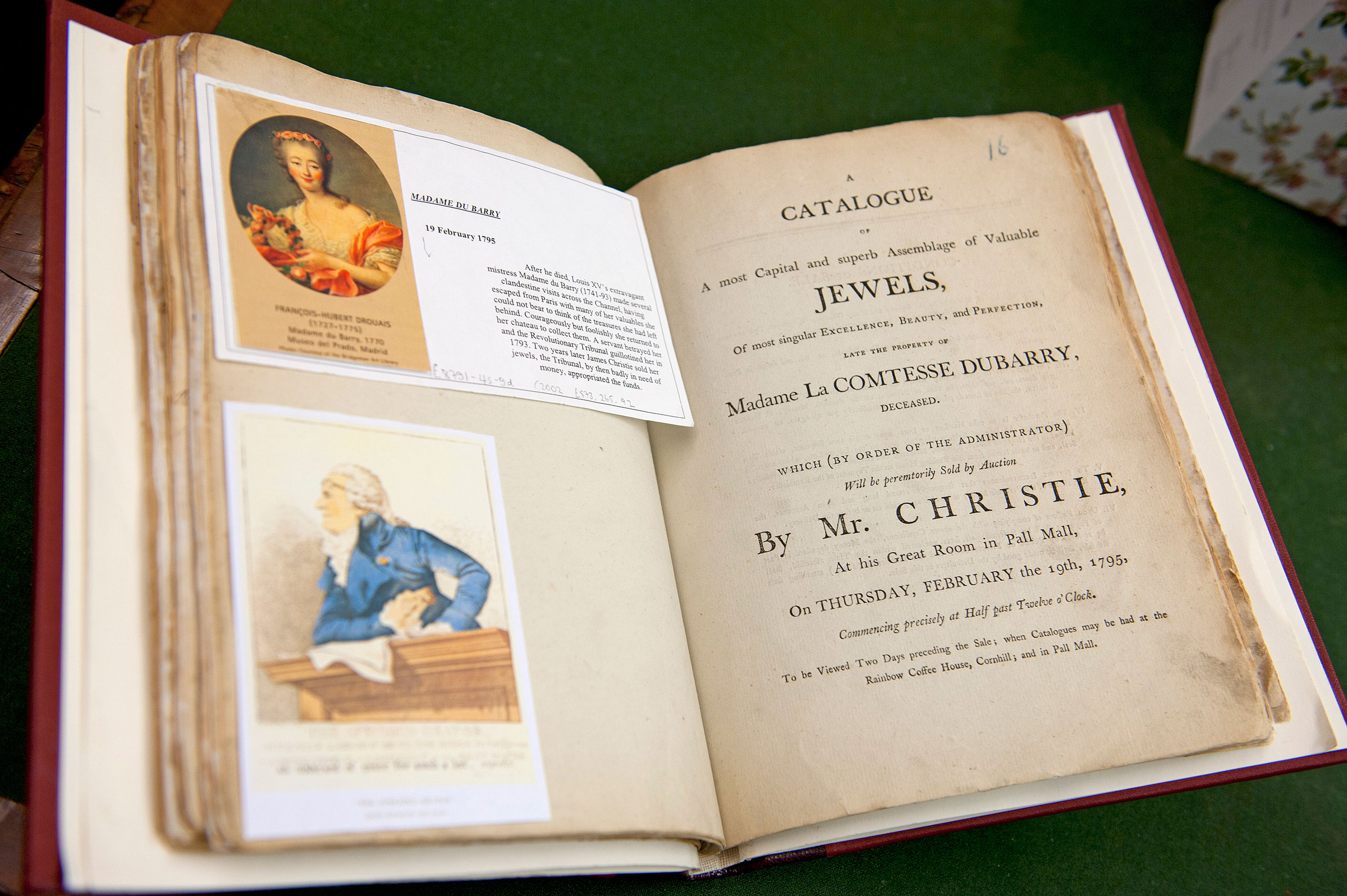
Blaming staffing cuts, Christie’s has closed off public access to its famous archive of auction catalogues, a favorite resource of scholars, dealers, and museum professionals for decades.
The archive at Christie’s King Street salesroom in London is considered to be the most comprehensive auction archive in the world, containing exhaustive buyer records, sale prices, and auctioneer’s books going back to the company’s first sales in 1766.
But with the team of archivists overseeing the collection having been recently reduced, access to the outside world is now off limits.
“As a courtesy Christie’s has previously supplied complimentary archival information for the purposes of research,” a spokesperson from the auction house told the Art Newspaper. “However, with regret, the archives team has had to be reduced and can now only serve the needs of our own specialist teams.”
Representatives from the company did not respond immediately to Artnet News’s request for more information.
An 18th-century catalogue in Christie’s archive. Courtesy of Christie’s.
Dirk Boll, president of Christie’s for Europe, the Middle East, Russia, and India, explained to the Art Newspaper that the building that houses the archives has also been closed due to the pandemic.
“As of November of last year,” he said, “we had to confirm we were no longer able to fulfil these requests or to answer enquiries from external agencies, at least for the time being. So much information has moved online, and a high percentage of requests work out that way, also for internal research.”
But access to the records may not be gone for good. “Be assured that we remain committed to keep our records in a proper and accessible manner, and we will be exploring ways in which we can develop access in the future,” Boll added.
In a 2019 article published on Christie’s website, the auction house’s head librarian, Lynda McLeod, offered a few insights into the role the archive plays in the art world.
“Occasionally, clients or art dealers ask for our help. Two days a week, by appointment, we open the archives to researchers or curators looking to find out more about their own collections,” she said at the time. “We spend a lot of time helping people with their catalogues raisonnés, and students with their PhDs.”
“We have pieces of the jigsaw down here,” she went on, “and when you’re able to find them and connect them and put the picture together, it’s very rewarding.”